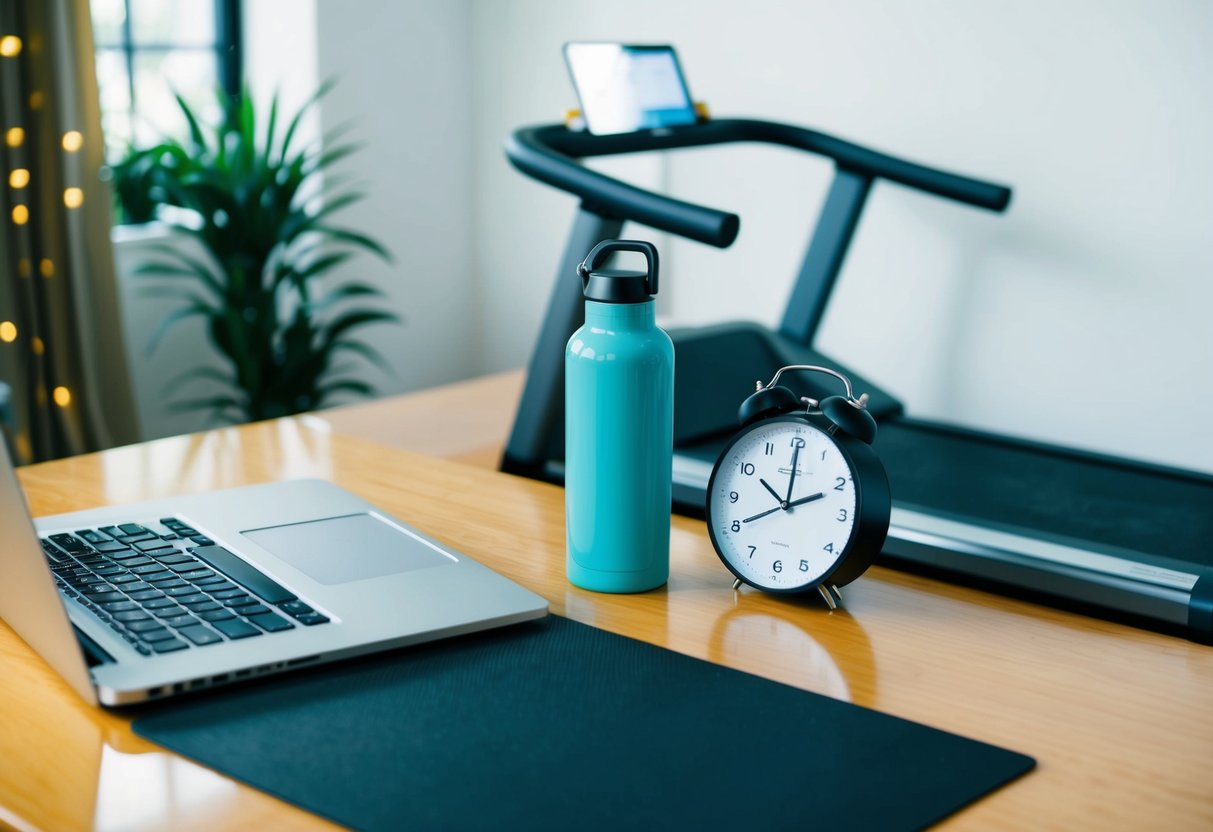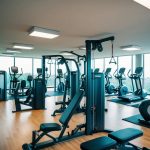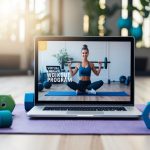
Adjusting Fitness Objectives with Work Demands
Balancing career responsibilities and fitness pursuits often requires flexibility. Professionals could initially establish a workout schedule that fits their routine. It might involve adjusting workout duration or intensity during peak work periods. Adapting goals to current circumstances ensures continuity in fitness journeys, which helps maintain motivation over time.
Managing expectations allows professionals to recognize that progress might fluctuate based on work demands. Practicing patience and reassessing goals periodically acknowledges the dynamic nature of professional and personal life. By cherishing small victories and understanding priorities, individuals maintain a steady course toward achieving their fitness ambitions despite busy schedules.
Embracing Technology for Work and Workout Efficiency

Efficiency in both work and workout routines can be significantly improved through the use of technology. Fitness apps and wearable devices play an instrumental role in enhancing productivity and tracking personal progress.
Leveraging Fitness Apps to Stay on Track
Fitness apps are powerful tools for individuals aiming to balance a busy schedule with a commitment to health. These applications provide detailed workout plans tailored to personal goals, allowing users to integrate exercise seamlessly into daily routines.
Notifications ensure activities are not forgotten despite a hectic workload. Personalized tracking options, available widely across platforms, guide users with real-time feedback. This function helps in identifying strengths and areas for improvement. Furthermore, many apps foster community engagement, encouraging users to stay motivated through shared experiences and challenges. The variety of available features makes it easier for professionals to remain consistent in their fitness pursuits.
The Role of Wearable Devices in Monitoring Progress
Wearable devices offer insight into workout effectiveness and general health. These gadgets provide instant data on heart rate, calories burned, and steps taken, offering a comprehensive overview of physical activity. Seamless syncing with phones and computers helps users monitor trends and make informed decisions regarding their fitness routines.
Additionally, wearable devices track sleep patterns, providing essential information about rest quality, which is crucial for recovery and alertness in professional tasks. Such continuous feedback empowers individuals to optimize both their work and workout efficiency, ensuring each endeavor receives adequate attention and energy. By integrating these technologies into their daily lives, busy professionals can maintain progress and achieve a balanced lifestyle.
Crafting a Personalized Fitness Routine
A personalized fitness routine requires an understanding of individual goals, preferences, and time constraints. Emphasizing balanced elements like strength training, flexibility, and mindfulness can guide busy professionals in shaping a sustainable plan.
Strength Training and HIIT for Busy Schedules
Strength training and high-intensity interval training (HIIT) can be particularly efficient for those with limited time. By focusing on major muscle groups using compound movements, individuals can maximize their workout benefits. Sessions combining exercises like squats, lunges, and deadlifts offer significant muscle engagement.
Incorporating HIIT involves short bursts of intense activity followed by brief recovery periods. This approach helps improve cardiovascular fitness and burn calories in shorter durations than traditional cardio sessions. A typical HIIT session can be completed in as little as 20 to 30 minutes, making it an excellent option for fitting exercise into a packed schedule. Time-efficient workouts enable professionals to maintain strength without compromising other commitments or personal time.
Incorporating Flexibility and Mindfulness Practices
Incorporating flexibility and mindfulness practices offers holistic benefits in a fitness routine. Flexibility exercises, like yoga or Pilates, enhance range of motion and reduce the risk of injury. They can be seamlessly integrated into morning or evening routines. Even dedicating 10 to 15 minutes daily can yield noticeable improvements.
Mindfulness practices complement physical activities by fostering mental clarity and stress reduction. Techniques such as guided meditation or breathing exercises can be done almost anywhere, making them highly adaptable. Incorporating these into daily life enhances overall well-being and complements physical workouts, creating a balanced fitness routine suitable for busy lifestyles.



